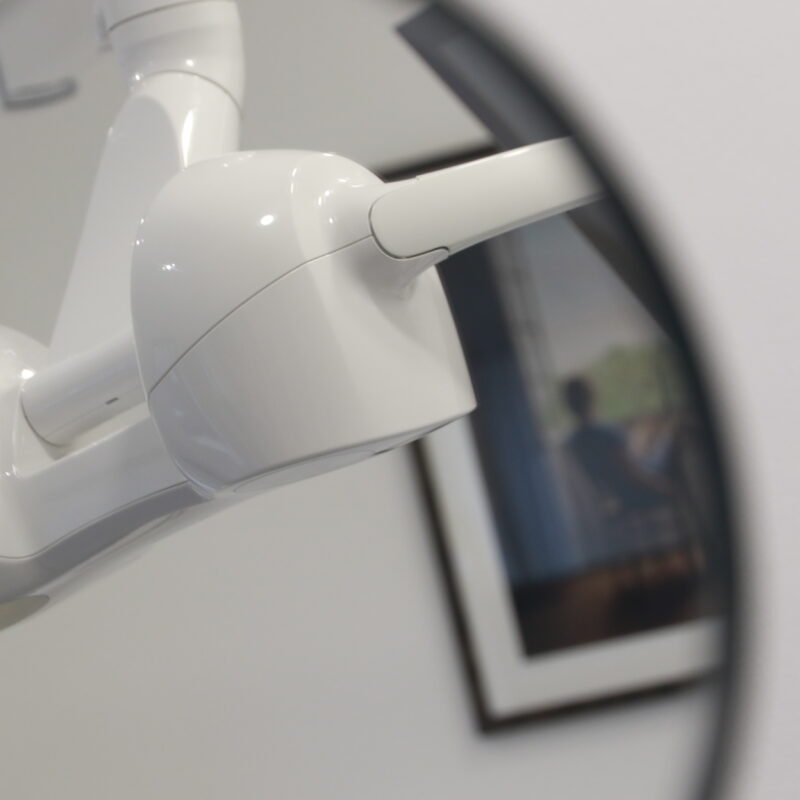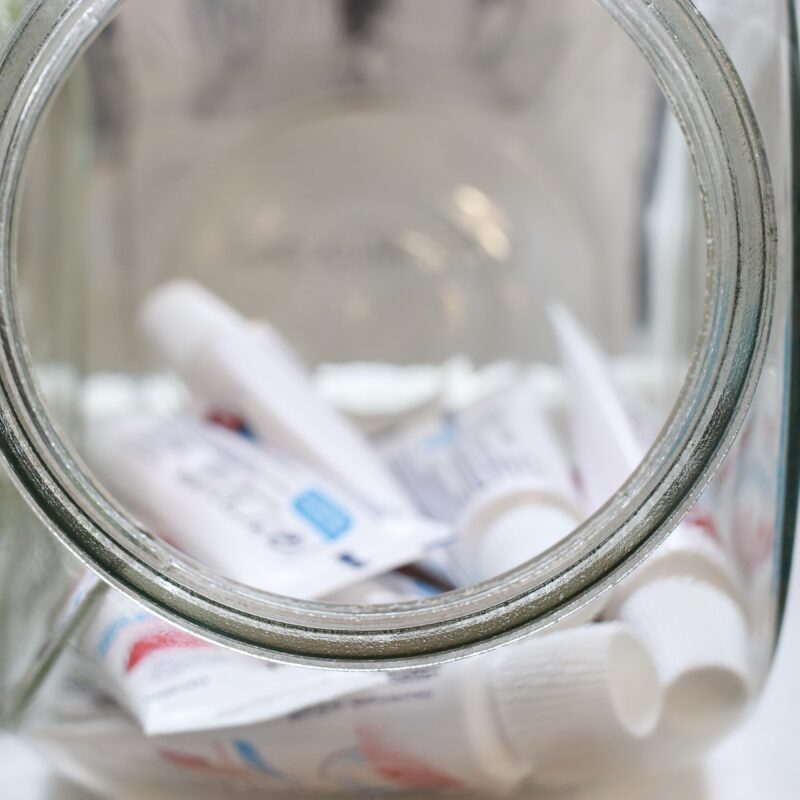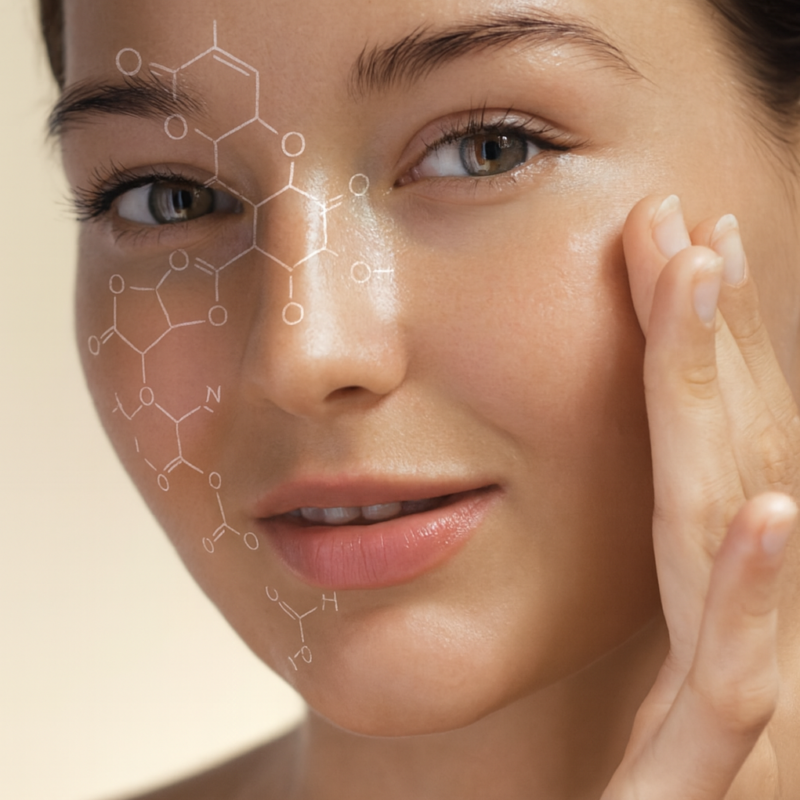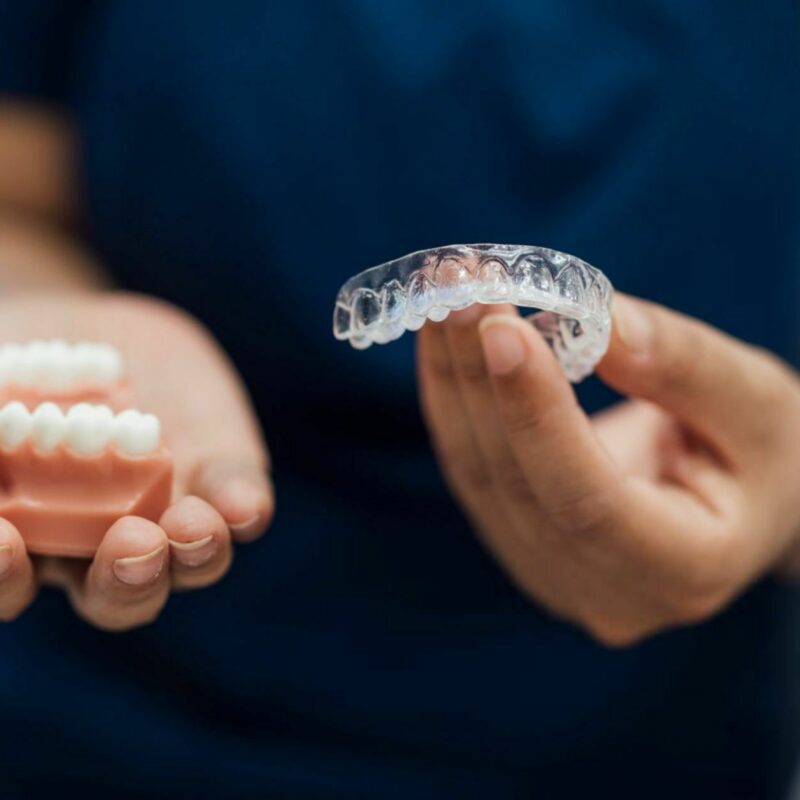We've been consistently using PRF at Pond Square Dental for a number of years now. It allows us to use different, special techniques, meaning we can successfully treat a wider range of clinical problems. We use PRF with all our implants, most of extractions, sinus lifts, and gum surgeries and we've noticed better healing, better outcomes when PRF has been used.
PRF represents a significant advancement in regenerative medicine, particularly within dental and aesthetic practices. This innovative technology harnesses the natural healing properties of platelets to enhance tissue regeneration and healing. In this blog, we will explore what PRF is, how it works, the process involved in its preparation, the machinery used, and its typical applications in both dental and other health and aesthetic fields.
PRF is a second-generation platelet concentrate, a biomaterial derived from the patient's own blood. Unlike its predecessor, Platelet-Rich Plasma (PRP), PRF does not require the addition of anticoagulants or bovine thrombin, making it a more natural and efficient option for promoting healing and tissue regeneration. The primary components of PRF include a high concentration of platelets, leukocytes (white blood cells), and a fibrin matrix, which together create a scaffold that supports cell migration and proliferation.
The efficacy of PRF lies in its rich concentration of growth factors and cytokines, which are essential for tissue healing and regeneration. When applied to a surgical site or an area requiring tissue repair, PRF releases these growth factors gradually over time, enhancing the body's natural healing processes. This sustained release supports angiogenesis (formation of new blood vessels), collagen synthesis, and the recruitment of stem cells to the site, leading to improved tissue repair and regeneration.
The preparation of PRF involves several key steps:
- Blood Collection: A small amount of the patient’s blood is drawn, typically from the arm.
- Centrifugation: The collected blood is placed in a centrifuge machine. The centrifugation process separates the blood into different layers based on density.
- Separation and Collection: After centrifugation, the middle layer, which contains the platelets and fibrin, is carefully collected. This layer is the PRF.
- Application: The PRF can then be applied to the surgical site or mixed with other grafting materials to enhance healing.
The preparation of PRF requires specific equipment, primarily a centrifuge. The centrifuge must be capable of achieving the precise speeds and times required to separate the blood components effectively without damaging the platelets. Some advanced systems are designed specifically for PRF preparation, ensuring optimal consistency and quality of the fibrin matrix.
In dental practice, PRF is widely used to promote healing and regeneration in various procedures:
- Bone Grafting: PRF enhances the integration of bone grafts, improving the stability and success rate of dental implants.
- Periodontal Surgery: It aids in the regeneration of soft and hard tissues affected by periodontal disease.
- Tooth Extractions: Applying PRF to extraction sites reduces healing time and minimizes the risk of complications such as dry socket.
- Sinus Lifts: PRF promotes the healing of the sinus membrane and improves the success of sinus lift procedures.
Beyond dentistry, PRF is gaining popularity in other medical and aesthetic applications:
- Orthopedics: PRF is used to treat joint injuries, tendonitis, and other musculoskeletal conditions by promoting tissue repair and reducing inflammation.
- Wound Healing: Its application in chronic wound management, such as diabetic ulcers, has shown promising results in accelerating healing.
- Aesthetic Medicine: PRF is utilized in facial rejuvenation treatments, such as microneedling and injections, to improve skin texture, tone, and elasticity by stimulating collagen production.
- Hair Restoration: PRF injections can stimulate hair growth and improve the density and health of hair follicles.
Platelet-Rich Fibrin (PRF) represents a remarkable leap forward in regenerative medicine, offering a natural and effective solution for enhancing tissue healing and regeneration. Its applications in dental and medical practices continue to expand, driven by ongoing research and clinical success. As technology and techniques advance, PRF is poised to play an increasingly vital role in promoting health, healing, and aesthetic improvements across a wide range of fields.







